Here in 2020, as historians and radio aficionados celebrate the 100th anniversary of the beginning of radio “broadcasting” … I want to celebrate the birth of the most modern form of radio broadcasting … the launch of satellite radio 19 years ago this week!
September 25th is the date on which individuals in several southwestern U. S. markets were able to sign up for XM Satellite Radio service … the beginning of a roll-out spanning 60 days, where one by one on a territorial basis across the nation people could subscribe to the new service. However, if you know anything of satellite radio history, you know that the service launch date was set for two weeks earlier, September 12th … until “fate” stepped in just 24 hours earlier!
Included in the Launch Commemorative booklet — of which the cover appears above — were listings for many of our original 100 channels, such as this one for the channel for which I was initially hired:
Yet, nothing which was being done in the heart of Washington, D. C. in constructing the vast technical facilities and offices that were to be XM Radio’s headquarters would have been of any value if there were not two satellites in the sky to deliver the 100 channels of programming along with data related to channel names, show hosts, artist names, song titles and the like to receivers in all 48 continental United States. That was considered to be the limits within our “footprint,” although we had reception reports from well down into Mexico and some of the closer-in Caribbean islands. And, I was told that there were a couple of reports from truckers in southern Alaska and a signal was received by a receiver at the top of the Haleakala volcanic crater on the Hawaiian island of Maui.
These three visuals are from the cover of an insert brochure included in the industry publication, Radio World, in April of 2001. Not all of the facts are fully accurate, as studio facility construction was not really completed until May when we programmers were first given access to the systems and studios needed for creating the audio content and scheduling our channel’s programming. And, by this time, we expected to have both satellites in place. Unfortunately, as has happened with numerous satellite launches over the years, the initial launch from the platform in the Pacific Ocean south of Hawaii in January 2001 — as we all stood by with great anticipation — was halted at the 10-second mark!
Two items which are not discussed here are 1) even though there’d be no subscribers until September, we all had programming of some form up and running on our respective channels by mid-June as testing of the entire system from studios to receivers needed to be accomplished; and 2) a part of completing receiver design was the folks at the XM Research & Development Center in Florida refining the chip (or “brain”) that would go into every receiver regardless of style or manufacturer … requiring the discernment as to the strongest of three incoming signals and flawlessly switch between them. You see, as a vehicle in motion, depending on terrain and other conditions, could experience variation in signal strength between either of the two satellites and what are known as “terrestrial repeaters,” hundreds of which are situated in highly-dense metropolitan areas where there are numerous tall structures blocking incoming satellite signals. My sources told me the chip design was not finalized until late June, leaving very little time for their manufacture and delivery to receiver manufacturers prior to the September launch.
As discussed on this page just a month ago, as XM neared its first anniversary, in late August 2002 several new channels of programming to fill in-demand holes in the musical and informational spectrums were introduced, including my second channel, the instrumentally-based popular melodies channel named SUNNY!

As we approached our 2nd anniversary in September of 2003, we were also coming close to enrolling our one millionth subscriber … so it was time to launch a multi-faceted promotional campaign — which included “The XM Xpress Tour of America!” … as announced in this press release:
Two years later, as we were coming up on our 4th anniversary and our subscriber base was about to pass five million, an informational folder was sent to the Company’s shareholders which included this quote, which I feel was one of the keys to our rapid growth … virtually every member of the programming team assembled by Chief Programming Officer Lee Abrams and his associate, Dave Logan, were hired based on their demonstrated experience and success in creating the type of content they were being employed to develop and manage!
Yes, I can state from first-hand experience that we all were committed to delivering the best product possible, no matter how many hours or how much work was required!
And that’s the story, Folks, about the birth and early days of XM Satellite Radio … those were exciting, glorious days! And Marlin rejoiced in being able to be part of another start-up venture!
As always, your comments and questions are welcome and appreciated.
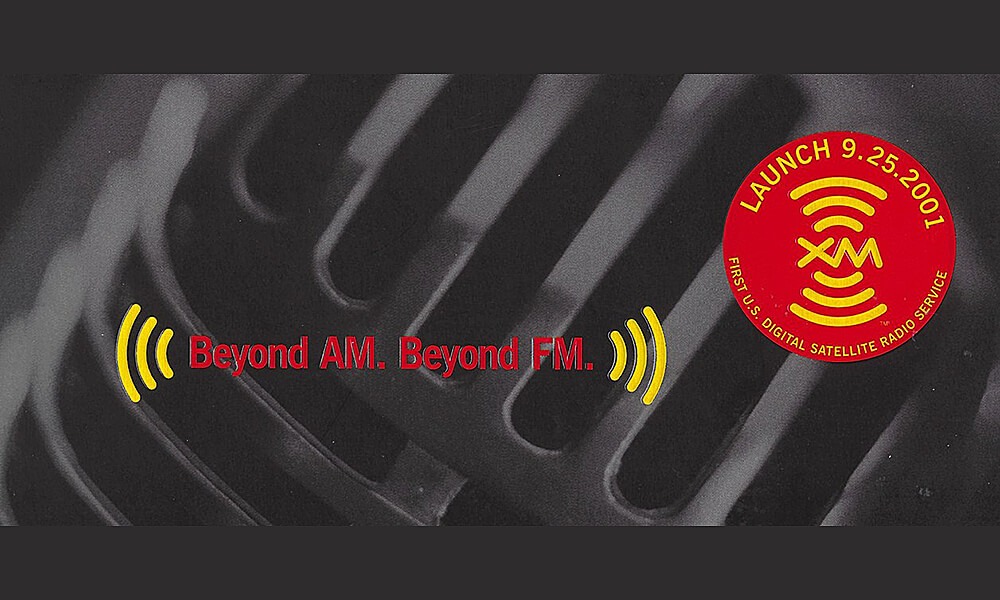

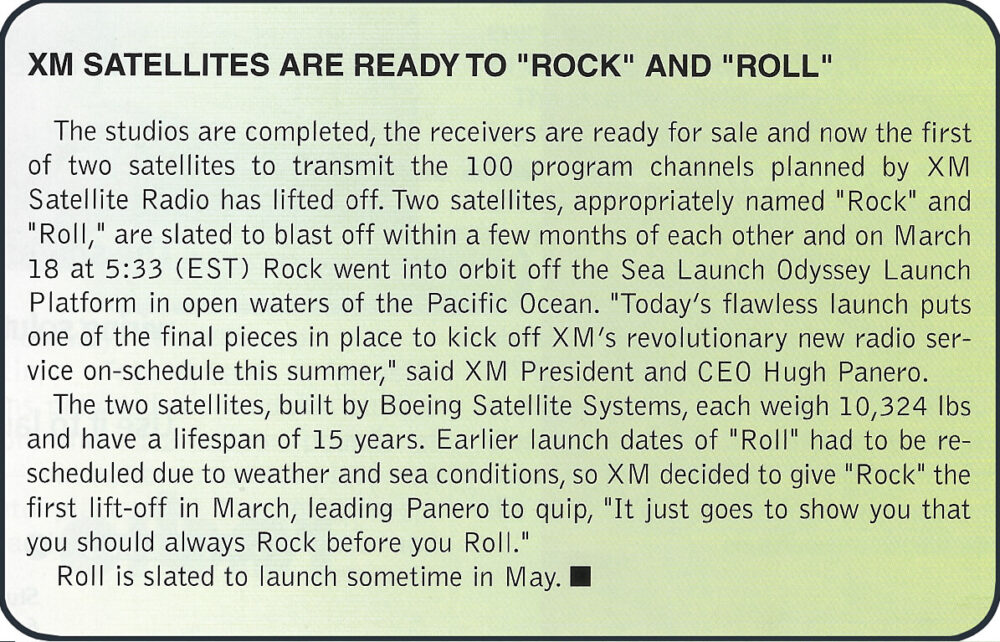
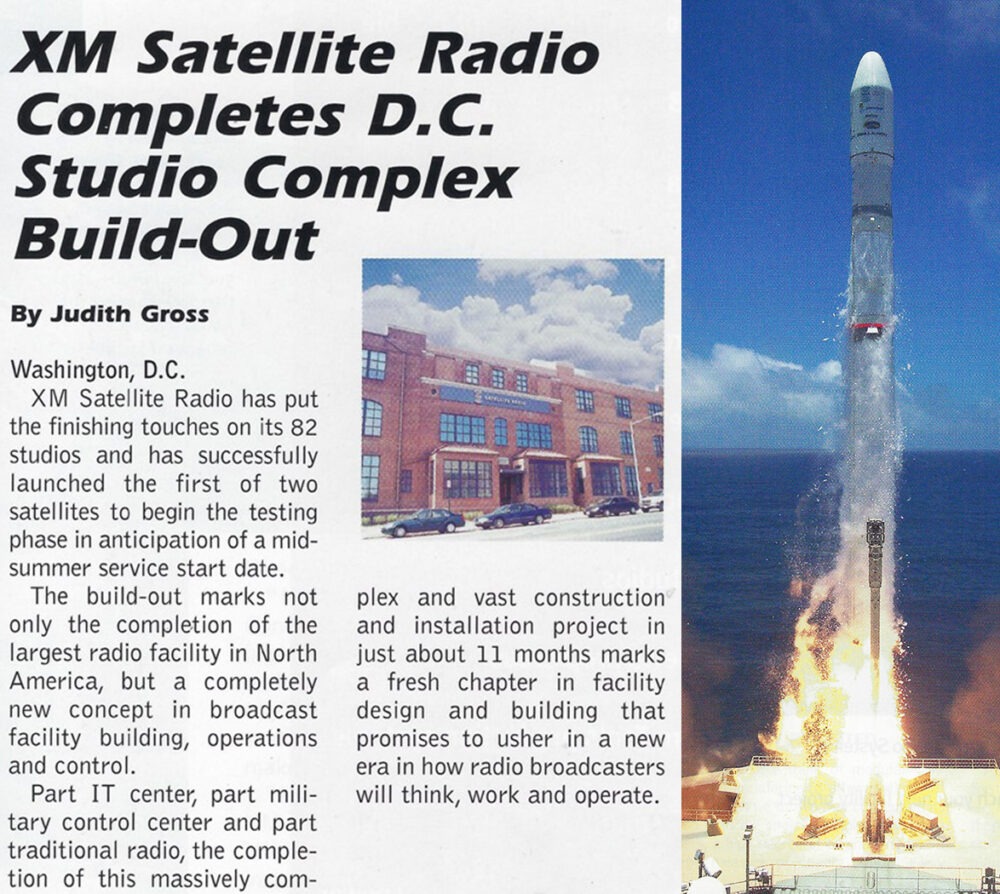
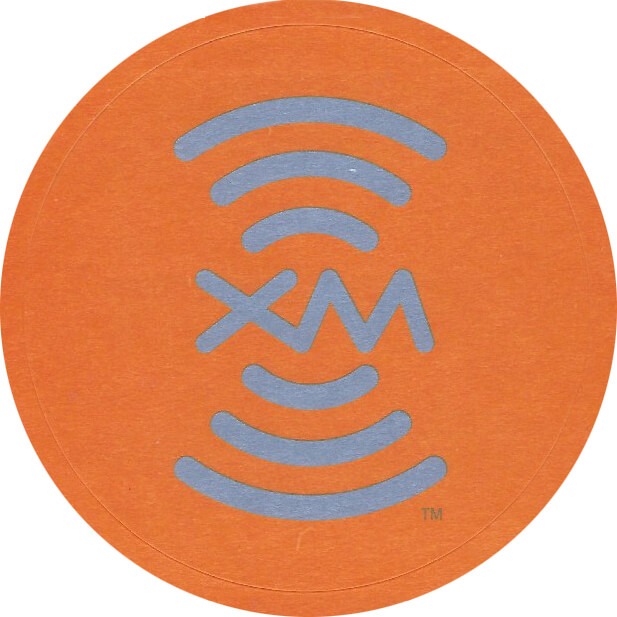

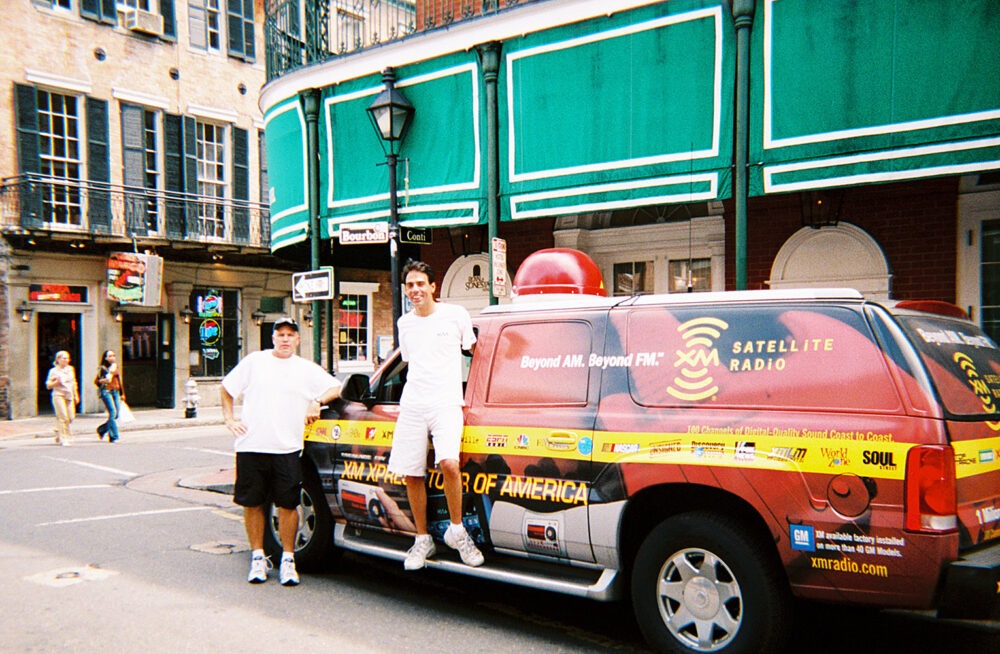






I am so proud to have been a part of that amazing team and getting to know you, Marlin.
Yes, Mike … we were a wild and wacky bunch, but we had – as you said – an amazing collection of genuine radio programming talent amassed under one roof!
Hi, Marlin. I was an anchor and technology/entertainment reporter for All News Channel and the syndicated First Business when I attended my first Consumer Electronics show in January of 2001. The major buzz throughout the show was satellite radio. XM and Sirius had great presentations. Many of us thought Sirius would be out of the gate first since it got its birds into orbit first. Alas, that was not to be… and the company played catch-up all the way to the merger.
Be well, sir.